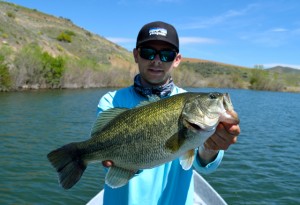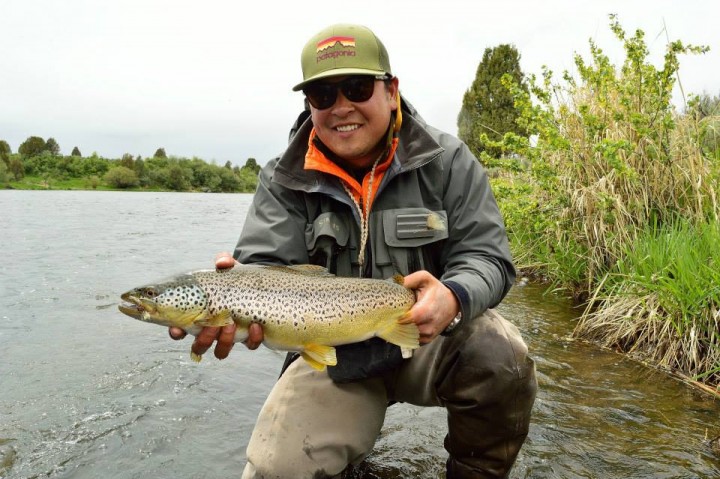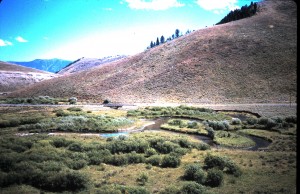Alright I am excited we now have a section of the fishing reports strictly devoted to the warmwater opportunities in the region! There are a lot of people in the area that really enjoy this type of fishing and it is a fun alternative to the trout fishing we have. We are lucky enough to live in an area where within just a couple hours or so of the shop you can fish for big Smallmouth/Largemouth Bass, perch, bluegill, crappie, catfish, carp and even some tiger musky (although there aren’t a ton of those!). All of these present an awesome challenge on a fly rod and typically fish well all through the summer. So, hopefully a lot of you will use these warmwater reports to help plan your own trip, or maybe convince you to try the warmwater gig for the first time!
Right now we are in the beginning stages of the warmwater fishing really kicking into gear. Smallmouth bass are already being caught on the lower Snake River and the smallmouth at Ririe shouldn’t be too far behind as the warm weather continues to move in. Smallmouth will move into really shallow water as it warms up in the spring to get ready for the spawn. This is the best time of year for a fly guy to get into a good fish as most are in water from 2-6ft and will readily take the same streamers you use to catch trout. Largemouth Bass like warmer water then Smallmouth so they are just beginning to wake up in some of the SE Idaho lakes. Until it warms up look for Largemouth to be in areas where they have easy access to both shallow and deep water. The same baitfish imitations you use for trout will work on these early season Largemouth. I have been fishing for Largemouth the last couple weeks and although it isn’t easy fishing, the rewards can be awesome. Most the fish I have seen have been in 5-12 ft of water and aren’t real aggressive so a slower approach has worked better for me.

The favorite warmwater fish of the area for most is probably the Bluegill. If you have never tried fishing for Bluegill, you need to do it, those little fish are a blast! I was talking to Jimmy in the shop today about Bluegill and he seemed to think that by this weekend, you could find them back in the trees of Twin Lakes. If we get a cold snap that will push the bluegill back out deeper, but as long as we have decent weather look for the fishing to really heat up! Twin Lakes, Winder, Lamont, Johnson, and really most of the Preston area lakes can have good bluegill fishing, although Twin is the most popular. If you find the bluegill small poppers, and any small beadhead nymphs will get the job done.
As always, we have everything you need to set you up for this type of fishing and anyone in the shop would be happy to help you with any questions you might have about the warmwater fishing in the area.




